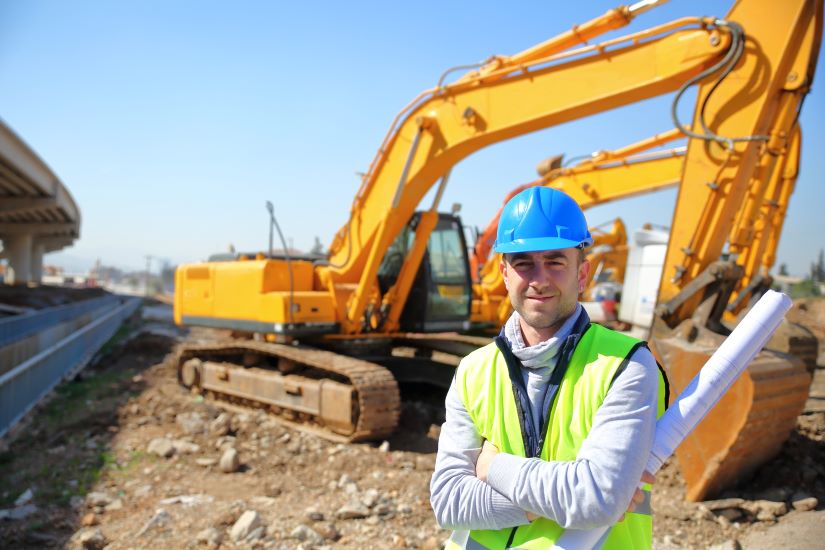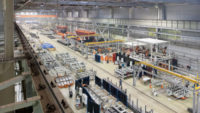Heavy equipment is an integral part of many industries, but safe operation of this massive machinery requires comprehensive and consistent safety training. How can managers and supervisors strengthen their training programs to ensure operators and employees have the resources they need to stay safe on the job? Below are a few methods that could prove effective.
Create a culture of safety
Safety doesn't stop as soon as onboarding or training ends. It needs to weave throughout the business like an unbreakable chain tying everything together. Creating a culture of safety makes keeping the job site safe everyone's priority, from the highest-paid CEO to the newest hire.
Safety needs to be something that everyone is responsible for and works toward. Getting everyone involved means the management team needs to lead by example, adhering to the same safety standards they expect from their employees.
Understand that safety training isn't optional
The Occupational Safety and Health Administration (OSHA) has been ensuring and enforcing worksite safety since 1970. Since the inception of this organization, injuries and deaths on job sites around the country have dropped by more than 60%, but a large part of this is because safety training has stopped being optional.
That hasn't stopped accidents and fatalities from putting workers at risk, but comprehensive training has reduced the number of accidents dramatically.
Do on-site training
Traditional training often takes place in classrooms or offices, far away from the job sites where employees will be utilizing their new skills. This arrangement turns training into something separate from the job, making it far too easy for workers to forget the essential skills that will protect them.
Consider switching to an on-site training model, which allows employees to learn in a familiar environment. This setup can be valuable for companies offering continuing education for their teams — it puts safety into perspective and keeps it at the forefront of their minds. As a bonus, this sort of training can be more cost-effective because it eliminates the need for off-site facilities.
Establish top-to-bottom accountability
Training shouldn't be limited to operators or new employees. Create a structure of safety on a foundation of top-to-bottom accountability. That means supervisors and management — even CEOs and other corporate officials — should all participate in safety training.
This strategy has two potential benefits. First, it fosters that previously mentioned safety culture by keeping everyone involved. Second, it improves the skills of those in supervisory roles. It gives them the tools to recognize when operators are using best practices or taking more dangerous risks.
Incentivize best practices
When training a puppy, dog trainers use treats and positive reinforcement to get the best results. For many years, incentive programs were popular for reinforcing safety training — at least until OSHA issued a memorandum prohibiting employers from discriminating against employees because of on-the-job injury or illness reports. This new guideline doesn't mean that incentive programs are entirely off the table, however, just that they need a bit of a redesign.
Incentive programs, under OSHA's new regulations, need to be based on behavior rather than reporting. Managers may find it beneficial to offer incentives — whether those are monetary bonuses, days off, branded swag or other perks — for individuals who consistently use the best safety practices. Doing this can encourage them to continue their work and inspire other operators to mimic their behavior to achieve the same goals.
Include risk training
Traditional heavy equipment safety training often neglects some of the less-obvious risks that can make job site unsafe. These hazards include mental health concerns and cases of substance abuse. Safety training should feature courses on how employees can recognize the signs of these — both in themselves and in others — as well as resources to help workers address these concerns in the workplace.
Things like substance abuse and mental illness are often surrounded by a negative stigma that causes individuals to hide their conditions instead of seeking necessary help. On a job site, especially where heavy equipment is concerned, this can be incredibly dangerous. Break down the stigma by including mental health and wellness courses as a standard part of operator training.
Training best practices for equipment operators
When heavy equipment is involved, safety should be everyone's priority and responsibility. These tips can help supervisors and business owners revamp their current training protocols to ensure operators and employees make the most of their workplace education.





